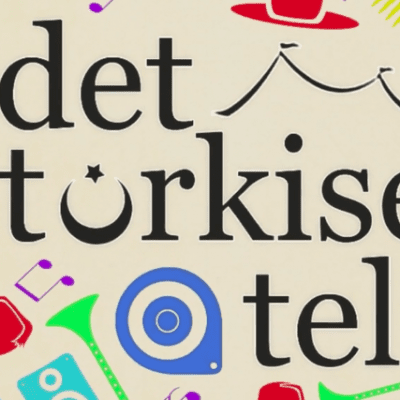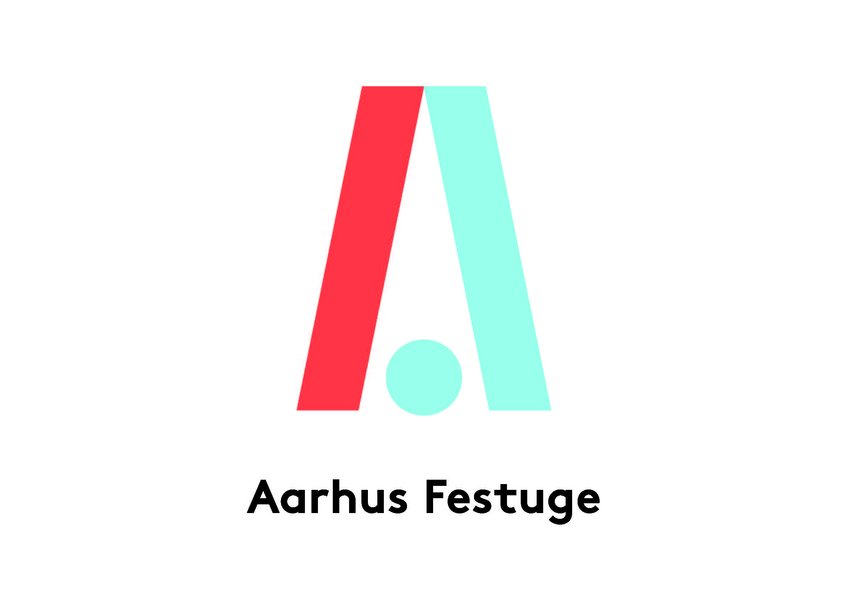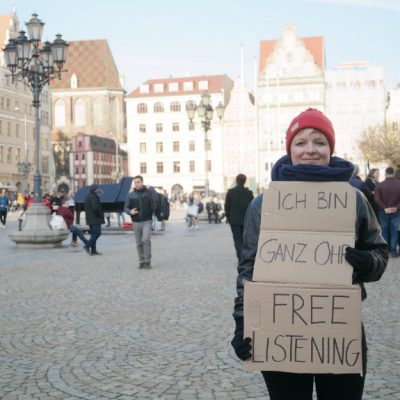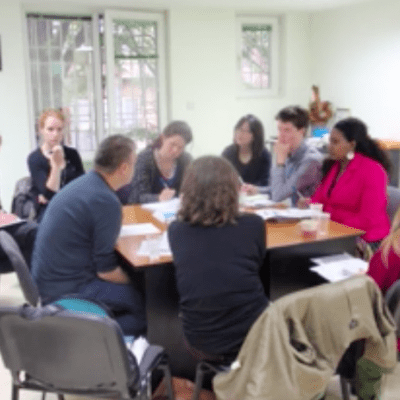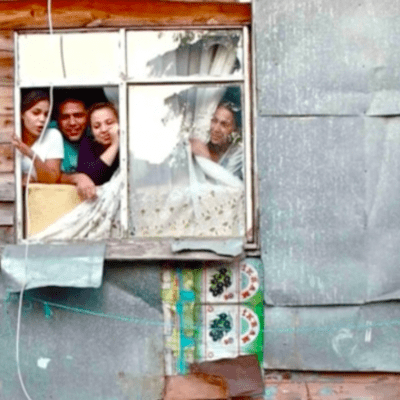Article
Over the last couple of decades, Turks in Denmark have become either entirely invisible or have only been made visible through negative attention. Despite Turks representing the largest minority in Denmark, the political discourse regarding immigrants and minority communities in Denmark has had a polarizing effect on Danish society. The opposition to Turkish membership in the EU is particularly strong and Islamophobia has become commonplace.
Approximately 8,000 people make up the Turkish community in the city of Aarhus, Denmark, yet that population has long been disconnected from the Danish population.
While Aarhus hosts an arts and culture festival each year, the last time the event focused on bridging the divide between the city’s Turkish and Danish communities was in 1992.
Senior Fellow Cagdas Citirikkaya, himself a Turk who completed his Humanity in Action Fellowship in Denmark, wanted to find a way to promote the Turkish culture in Denmark as a way of challenging and ultimately changing the image of Turks and Turkish culture that permeated Danish society. He decided to organize a Danish-Turkish arts and music festival that would coincide with the annual Aarhus Festuge, an arts and culture festival held in Aarhus, Denmark.
Cagdas believes that this festival will not only help to reverse the adverse effects of the negative discourse related to minority groups in Denmark, but that it will provide the new generation of Danish-Turks with motivation to promote their culture in a positive way that will encourage inclusion.
The purpose of “det turkise telt” is to include ethnic minorities in the cultural life of Aarhus by establishing a platform that provides the opportunity for minority and majority communities to meet and interact. “det turkise telt” presents music, theatre, art, cooking courses and other aspects of both Danish and Turkish culture, in the hope that by enjoying culture together and interacting, participants from different ethnic backgrounds can challenge their own prejudices and help create a cooperative and respectful society.
By presenting the best of Turkish music, theatre, poetry, literature and movies and blending them with similar aspects of Danish and other minority cultures, Cagdas hopes that “det turkise telt” will help to bridge the differences not only between Turks and Danes in Denmark, but among several minority groups, including Turks, Kurds, Alevis and Armenians. Cagdas encourages anyone wishing to create a similar project to establish a strong action group and to ensure the group’s efficiency and productivity by maintaining good relations within the group.
He also stresses that transparency in leadership is crucial. Without it, the action group will feel disconnected and become discouraged.
Cagdas has also learned that it is crucial to partner with other organizations when attempting to organize an event of this size. In order to make “det turkise telt” a success, he partnered with several organizations, including: the Municipality of Aarhus, the music project REAL, Aarhus Festuge, several Turkish associations and businesses in Aarhus, the women’s museum Kvindemuseet, Den Gamle By Open-Air Museum, the European Studies department at Aarhus University and BONUS. Cagdas also consulted people in the music and arts community who had organized similar projects in order to get advice and feedback about his project.
When Cagdas organized “det turkise telt” for the first time, the festival was nominated as “Best Project” by All about Aarhus.
The success of the festival over the years has motivated Cagdas to not only ensure that it continues to be held annually in Aarhus, but that its focus and the activities it offers will expand each year.
Cagdas intends to incorporate an opportunity for elders and children within the Danish and Turkish communities to meet one another, as well as including a Bosnian day that will be organized by the Bosnian Student Organization: BONUS.
Anyone wishing to view the annual program for the festival or enlist as a volunteer should visit the festival’s website. Additionally, Cagdas and his co-project coordinator, Baris Citirikkaya, have formed an action group, which is now an association with 15 members. The association is responsible for organizing the projects and activities relating to the festival and follows the progress of the project during monthly meetings. Cagdas encourages anyone interested in engaging in the action group to contact the group through his project’s Facebook page (below).

